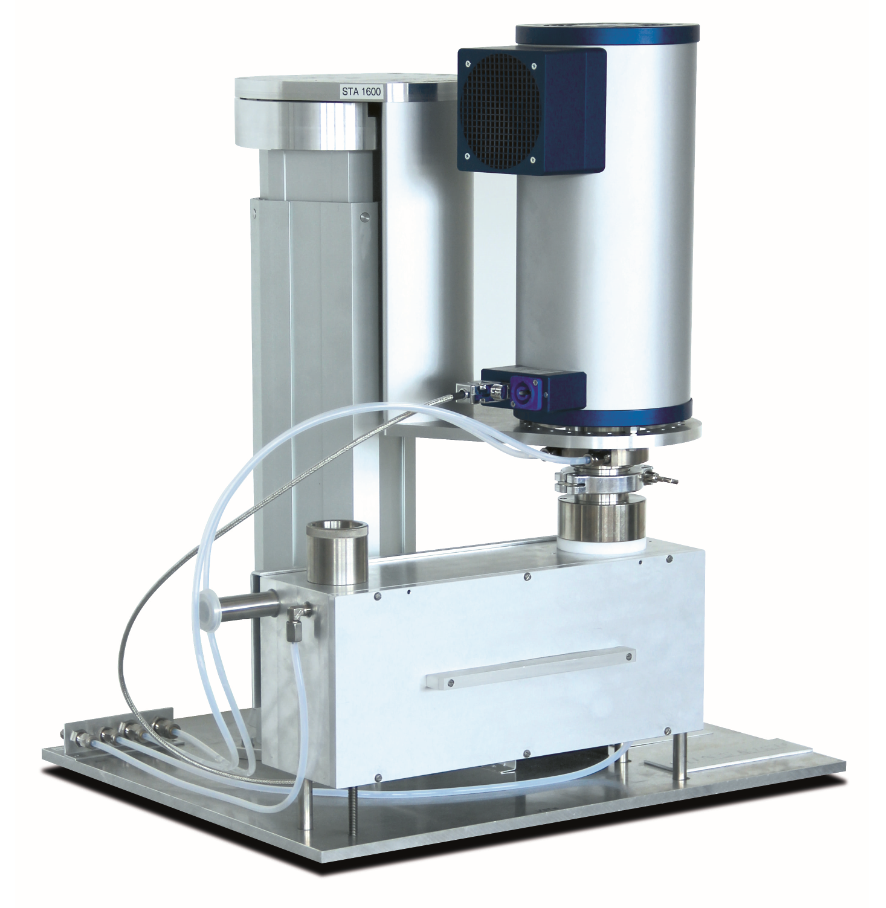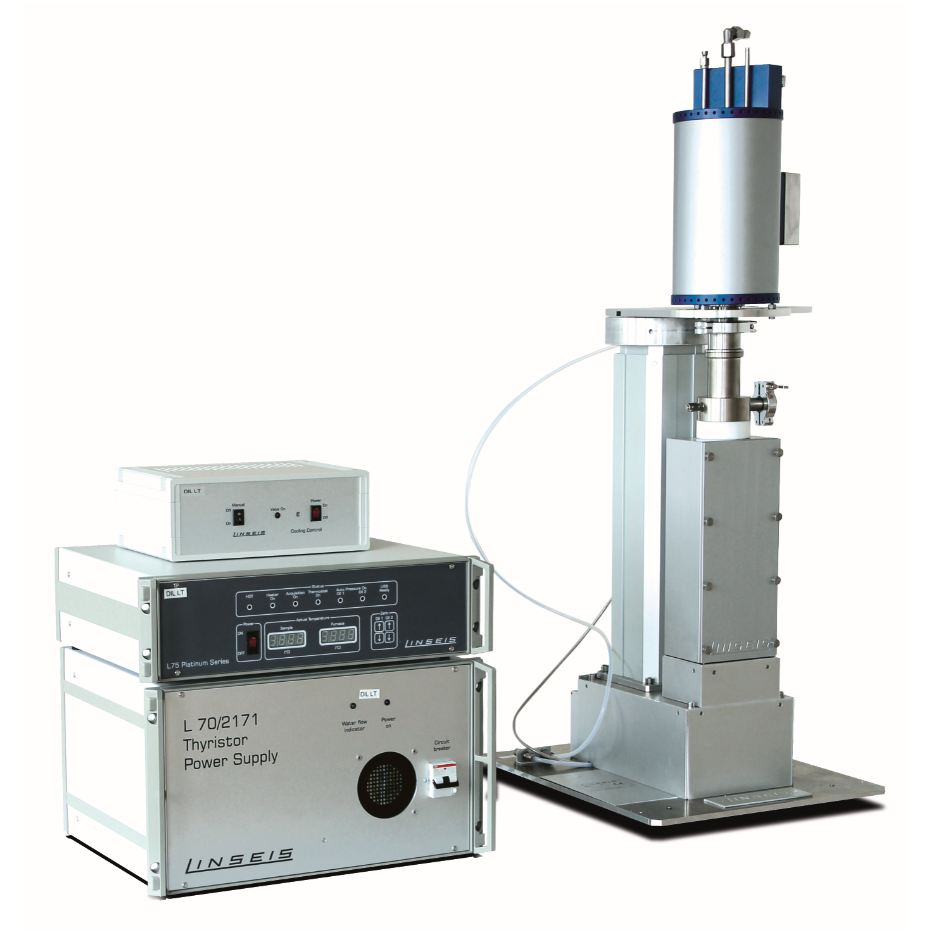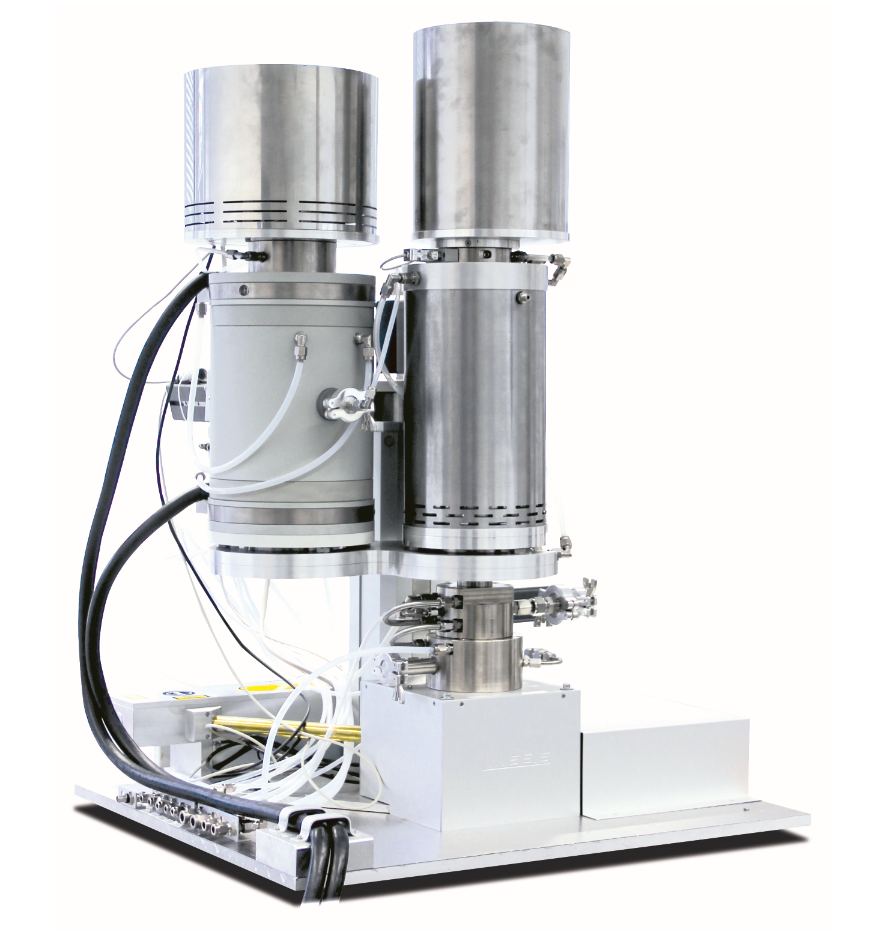Thermal analysis applications for the nuclear and energy industry
In times of climate change and dwindling fossil energy sources, it is becoming increasingly more important to use the remaining resources as efficiently as possible for energy and heat generation. It is indispensable to know the thermal properties of fuels such as coal, oil, and gas to achieve this goal.
Knowing the thermal characteristics of the materials used is an important safety factor, in areas such as nuclear energy. In this case, in particular, it is necessary to prevent leakage of the radioactivity arising in the nuclear power plant or in a nuclear drive from the reactor. This can only succeed if the construction uses materials that can withstand both radiation and high operating pressures and temperatures. High pressure instruments from Linseis are required to determine this. These instruments are produced to withstand the prevailing conditions.
Even higher temperatures and pressures are produced by recovering lithium secondary energy using fusion reactors. Although, the process is still in its infancy, research has been running at full speed for years. One of the most delicate questions in the design of this type of reactor is determining a suitable wall material. This answer can only be determined when using reliable thermal analysis methods such as Dilatometry, Simultaneous Thermal Analysis or Laserflash analysis.
LINSEIS offers scientists and developers in the nuclear and energy industries a broad range of high quality thermal analysis instrumentation that fully meets all accuracy, safety and functionality requirements.
Energy supply through sunlight
Over 90 % of the solar modules already installed today are made from polycrystalline silicon wafers. The remainder is based on thin-film solar cells, whose market share is expected to increase to 20 % by 2020 (source: DECHEMA e.V., Chemie als ein Innovationstreiber in der Materialforschung). Particularly in the fight against climate change, the protection of our resources and the energy transition, the supply of energy through photovoltaics and the like is playing an increasingly important role.
Materials research must therefore develop solar cells that are cost-effective, efficient and durable technologies in order to utilise solar energy effectively.
Materials of the future:
- Copper indium gallium selenide solar cell
- Thin-film solar cells
- Organic photovoltaics (polymer heterojunctions, dye-sensitised cells, hybrid organic-inorganic systems)
Fuel cells
Fuel cells are based on different combinations of materials, which in turn require different operating temperatures. Fuel cells are a major topic, especially in the popular field of electromobility. However, hydrogen production from fossil fuels is also becoming an important topic in research activities.
Materials of the future:
- Membrane fuel cells
- Molten carbonate fuel cells
- Solid oxide fuel cell
Sustainable energy supply through Molten Salts
The use of Molten Salts is playing an increasingly important role in sustainable energy supply. These high-temperature stable materials offer remarkable thermal properties that are crucial in applications such as nuclear fission reactors and solar power plants. In particular, FLiNaK molten salt, a mixture of lithium fluoride (LiF), sodium fluoride (NaF) and potassium fluoride (KF), plays a key role in these technologies as it has exceptional thermal conductivity.




